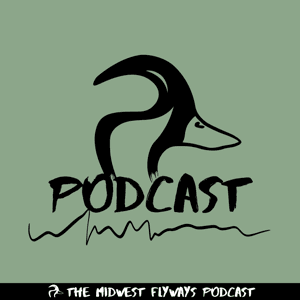Friday, February 26, Harry Wieman was declared the “World’s Champion,
succeeding the 1936 World Champion Thomas Walsh. For the three calls, Wieman
scored 91 4/9 percent from the three judges, while runner up Walsh scored 91
3/9 and John “J.T.” McCollum came in third with 83 8/9 points. It would be the
closest contest ever, even until this very day. Wieman won against 25
contestants including a slew of famous legendary Tennessee and Arkansas duck call
makers, callers, guides, and hunters; two from Tennessee such as Earl Dennison
from Reelfoot Lake; eight callers from DeWitt such as Jake LaCotts; ten callers
from Stuttgart, which included Floyd Earlywind and Reuben Slifer who came in
fourth and who manufactured most of the wooden calls that were used. Then from
Stuttgart, there was, besides J.T. McCollum, other famous McCollum family
members Otis, Roy, and Wade.From the
duck calling contest’s beginning in 1936 until the Post ended its sponsorship,
Dr. Glenn, Thad McCollum, and Verne Tindall continued vigorously to promote the
annual event, especially the former, as he traveled to different cities to
promote it, such as visiting the annual rice festival at Crowley, Louisiana.
World’s Duck Calling Contest continues to this very day in front of three
judges hidden behind screens. The winner of the 90-second performance in
Stuttgart is recognized as the World Champion Duck Caller, and every five years
the winners compete against each other to be called the Champion of Champions,
the best amongst the best.
The event is now recognized as one of the
nation’s most unique sporting events in the U.S. And, for the most part, the
winner is not only the best competition caller in the event, but the caller is
also a very good meat caller. As Pat Peacock said, “Luring waterfowl in with my
hunting calls is a little different than my calls to win competitions. By the
time the ducks reach us from the north, they are wiser as most of the juveniles
have been killed. And the one thing that animals do, especially ducks, is that
they can evolve rapidly, and, even more so, they can adapt even more rapidly. It’s
a different world now as compared to 1936 for the meat hunter.”




































